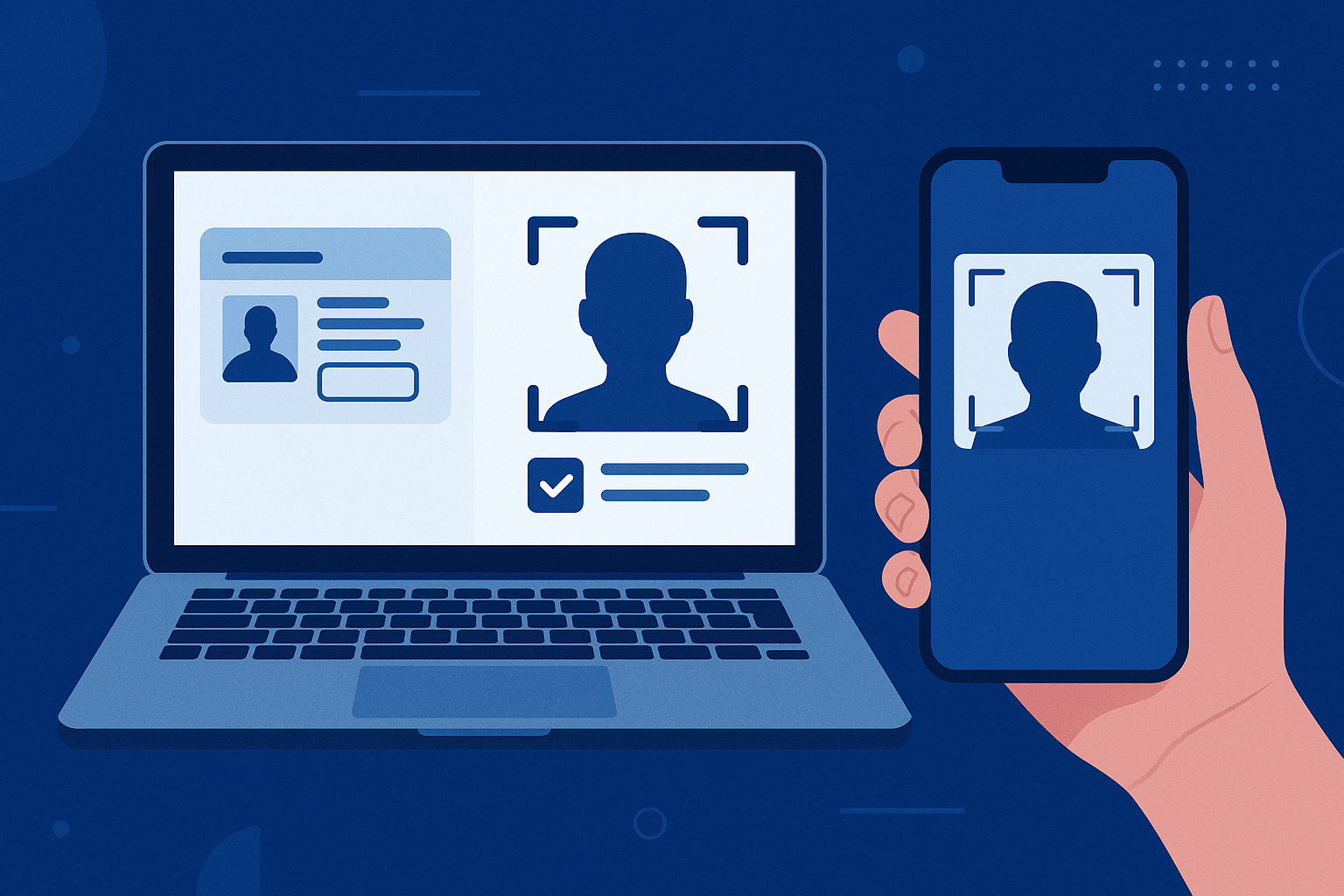ID Document Recognition for Fast Identity Checks

Strong 8k brings an ultra-HD IPTV experience to your living room and your pocket.
Unlocking Seamless Identity Verification with ID Document Recognition
In a world where speed meets scrutiny, verifying someone’s identity can’t afford to be slow or sloppy. ID Document Recognition is the not-so-secret weapon helping businesses keep fraud out while letting real users in fast. Whether you're onboarding a new customer or verifying age at digital checkout, this tech is changing the game one scan at a time.
What Is ID Document Recognition and Why Does It Matter?
ID Document Recognition is the process of using AI to automatically scan, analyze, and verify identity documents like passports, driver’s licenses, and national IDs. Instead of relying on a human to squint at fuzzy uploads, algorithms now extract key data name, birth date, document number and validate authenticity within seconds.
Why does this matter?
Manual checks slow down onboarding, drain resources, and leave room for error. In contrast, automated systems deliver:
- Lightning-fast verifications (under 5 seconds in many cases)
- Consistent accuracy that doesn’t suffer from fatigue
-
Better fraud detection through pattern recognition
As digital services explode from fintech apps to e-commerce and healthcare platforms, seamless, secure ID checks aren’t optional anymore. They’re expected.
The Core Technologies Powering ID Document Recognition
Let’s peek under the hood. Here's what powers modern ID document recognition systems:
| Technology | Role in the Process |
| OCR (Optical Character Recognition) | Extracts printed data like names and numbers from the ID |
| Computer Vision | Detects document layout, structure, and key zones |
| AI + Machine Learning | Identifies patterns and flags suspicious anomalies |
| Liveness Detection | Confirms the person is real and present |
| Tamper Detection | Spots signs of forgery or photo manipulation |
Together, these tools make verification smarter, not harder.
Key Benefits for Businesses and Users
When implemented well, ID document recognition is a win-win customers get instant access, and businesses keep fraudsters out. Let’s break it down:
For Businesses
- Lower onboarding time by up to 80%
- Reduced human error from manual review
- Scalable compliance for KYC and AML regulations
-
Real-time fraud alerts that minimize risk exposure
For Users
- Faster access to services like banking or healthcare
- No paperwork hassle just snap and go
-
Improved trust in platforms that protect their identity
💡 Stat Worth Noting: According to Allied Market Research, the global digital identity solutions market is expected to hit $70.7 billion by 2030, driven heavily by demand for fast, secure verification.
Use Cases Across Industries
ID Document Recognition isn’t just for banks. Here’s where it’s making waves:
- 🏦 Fintech: Onboarding new customers in seconds while meeting KYC
- 🧬 Healthcare: Verifying patients before telehealth visits
- 🛒 E-commerce: Age-restricted product purchases like alcohol
- ✈️ Travel: Streamlining check-ins and boarding
- 🎮 Gaming & iGaming: Confirming player age and country of residence
The more an industry goes digital, the more it needs instant trust checks.
Real-World Example: Fintech Onboarding Cut from Days to Seconds
A European fintech startup slashed its onboarding time from 48 hours to under 90 seconds by integrating an AI-powered ID document recognition system. Not only did conversions jump by 23%, but fraud attempts also dropped by over 40%. That's the kind of ROI any CFO can appreciate.
Common Challenges and How to Solve Them
No system is perfect here are a few common hiccups and how to fix them:
| Challenge |
Solution |
| Low-quality images | Prompt users with clear photo instructions |
| Unsupported document types | Use global datasets to expand coverage |
| Privacy concerns | Ensure GDPR and local compliance |
| Spoofing attempts | Combine with liveness and face match tech |
✅ Tip: Educating users on how to capture a valid ID photo can dramatically improve success rates.
Future Trends in ID Document Recognition
This technology isn’t slowing down. Here’s what’s next:
- Biometric fusion: Face match + document = double security
- Decentralized identity (DID): Users control their own identity wallet
- Passive verification: No uploads identity confirmed in the background
-
Mobile-first optimization: Enhanced UX for app-based verifications
As identity theft and digital fraud get smarter, so must our tools.
Final Thoughts
ID Document Recognition is no longer a “nice-to-have.” It's the frontline defense in digital identity verification. It brings together AI, speed, and compliance making it easier to trust, easier to scale, and harder for fraudsters to sneak through.
If your platform handles identity, it’s time to automate and elevate. Let the machines do the heavy lifting so your team can focus on growth not document review.
Recognito NIST FRVT top performer helps businesses stay ahead of identity fraud with cutting-edge ID document recognition SDKs tailored for real-world security and scalability. You can also visit recognito’s GitHub profile for more information.
Note: IndiBlogHub features both user-submitted and editorial content. We do not verify third-party contributions. Read our Disclaimer and Privacy Policyfor details.


